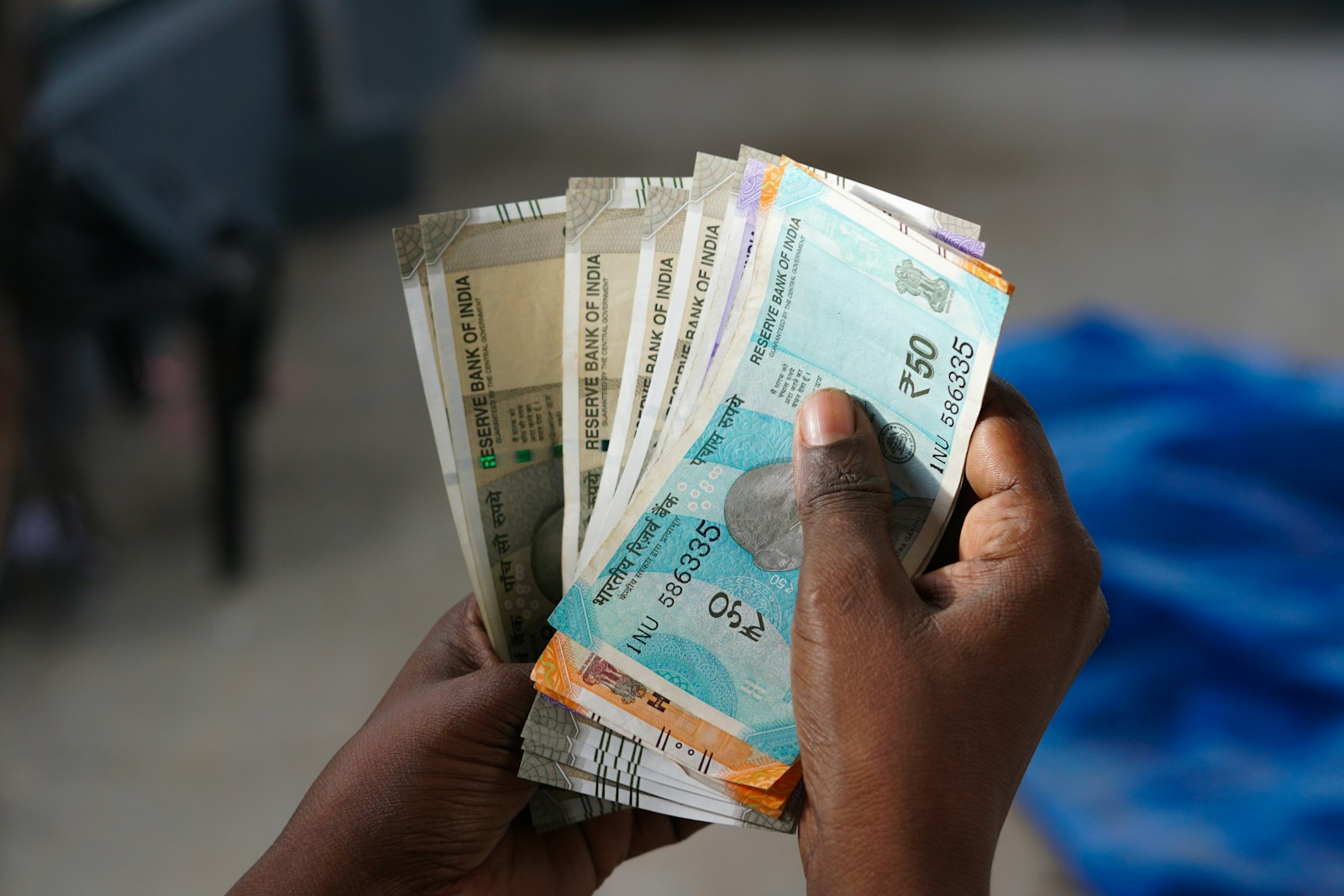Section 17 or Article 226? Kerala High Court Slams the Door on Writ Route in SARFAESI

A borrower who knocks on the constitutional door before exhausting the specialised forum usually leaves empty handed. The Division Bench of the Kerala High Court has, in Writ Appeal No. 2036 of 2025 decided on 23 September 2025, restated this golden rule with unambiguous severity. The dispute began with a modest business loan of ₹16 lakh disbursed by the Kakkodi Branch of Kerala State Cooperative Bank, but snowballed into a test of whether the High Court can, under Article 226, direct a secured creditor to hand back physical possession of a mortgaged property on mere part payment. The answer, after a meticulous re examination of the SARFAESI architecture and a line of Supreme Court precedents, is an emphatic “No”.
Jishith Kumar, 49, son of Krishnakurup, mortgaged 20.5 cents of his family property in Chelannur Village, Kozhikode, on 13 March 2019 to raise working capital for his business. The lender “Kerala Bank” (erstwhile Kozhikode District Cooperative Bank), sanctioned ₹16 lakh against the deposit of title deeds. Monthly instalments soon turned irregular; the account was recalled and classified as a non-performing asset and the authorised officer issued notice under Section 13(2) of the Securitisation and Reconstruction of Financial Assets and Enforcement of Security Interest Act, 2002 (Act). When the borrower failed to clear even the reduced dues offered under a One Time Settlement scheme directed in an earlier writ petition (W.P.(C) No. 1609/2025), the bank moved the Chief Judicial Magistrate, Kozhikode, for possession under Section 14 of the Act. On 17 March 2025 the Advocate Commissioner took possession; the keys of the house and the gate of the agricultural plot changed hands quietly.
Undeterred, the borrower rushed back to the High Court on 9 June 2025 with a fresh writ petition (W.P.(C) No. 21496/2025). He prayed for a mandamus that would force the bank to restructure the entire liability into “easy” monthly instalments and, more importantly, to release the secured asset immediately. A Single Judge, on 31 July 2025, accepted the bank’s own concession that it was willing to receive money in instalments, but went a step further: he directed the bank to return physical possession if the borrower paid ₹4 lakh by 1 September 2025 and faithfully served twelve subsequent monthly cheques. The balance overdue, calculated at ₹13.06 lakh as on that date, could be wiped out in a year, the court thought, provided the borrower gave an undertaking to vacate without demur if he slipped even once.
The bank felt the order crossed the red line. Although it had informally indicated flexibility, it had never agreed to part with possession until the entire overdue already swelling with penal interest was liquidated. On 19 August 2025 the Division Bench admitted the bank’s writ appeal and stayed the impugned judgment. After hearing both sides on 23 September 2025, the judges delivered a terse, reasoned order that unspools the competing philosophies of judicial equity and statutory discipline.
Senior Government Pleader appearing for Kerala Bank contended that the Single Judge had virtually rewritten the contract and the statute. Once the loan was recalled and possession taken under Sections 13 and 14 of the SARFAESI Act, the bank was under no obligation to redeliver the asset on a partial tender. The proper, and only, avenue for the borrower to question the validity of the possession notice was Section 17 of the Act before the Debts Recovery Tribunal. Reliance was placed on a catena of Supreme Court judgments including Punjab National Bank v. O.C. Krishnan, Federal Bank v. Sagar Thomas, United Bank of India v. Satyawati Tondon, State Bank of Travancore v. Mathew K.C., Phoenix ARC v. Vishwa Bharati Vidya Mandir, Varimadugu Obi Reddy v. B. Sreenivasulu and, most forcefully, the recent decision in South Indian Bank Ltd. v. Naveen Mathew Philip, each reiterating that Article 226 ought not to be pressed into service when a specialised tribunal exists, armed with plenary fact finding powers and the ability to grant compensation or even repossession.
Counsel for the borrower, on the other hand, insisted that the Single Judge had merely moulded relief to avoid irreversible sale of the family home. The bank, having expressed willingness to receive staggered payments, could not complain when the court crystallised that indulgence into conditions. The undertaking to vacate on default, it was argued, adequately protected the creditor; therefore, no jurisdictional error, let alone a substantial question of law, arose.
Issues that Framed the Contest
The Division Bench zeroed in on three precise questions:
Did the direction to hand back possession on a deposit of ₹4 lakh run counter to the scheme of the SARFAESI Act?
Was the writ petition maintainable in the face of an unavailed statutory remedy under Section 17?
Did the borrower’s failure to challenge either the Section 13(4) possession notice or the Section 14 Magisterial order fatally erode the cause?
Court’s Analysis
The judges noted that the borrower had already benefited from judicial indulgence once when the earlier writ petition secured him an OTS window which he failed to honour. The bank’s subsequent action was strictly by the book: notices, publication, Magistrate aided possession, valuation and inventory. The moment the secured asset was physically appropriated on 17 March 2025, the borrower’s remedy shifted to the Debts Recovery Tribunal. The High Court, exercising writ jurisdiction, could not sit in appeal over a meticulously followed statutory process. The Supreme Court’s warning in Naveen Mathew Philip was ringing: “High Courts must refuse to entertain such matters; otherwise the legislative intent of a swift, noninterventional recovery mechanism becomes a dead letter.”
The Bench also punctured the argument that the bank’s oral concession could be converted into a binding decree. A concession made during settlement discussions cannot override substantive statutory rights; equity, the court reminded, follows the law and does not lead it.
Final Disposition
Allowing the appeal, the Division Bench set aside the Single Judge judgment in its entirety and dismissed the writ petition as not maintainable. Yet, conscious that the borrower still has a statutory lifeline, the court clarified that its order would not preclude the petitioner from approaching the Debts Recovery Tribunal under Section 17 of the SARFAESI Act, if so advised. The property, for now, remains with the bank; the legal battle, if the borrower chooses, must shift to the specialised forum created for precisely such disputes.
Concluding Reflection
The decision is a textbook illustration of the judiciary policing its own boundaries. While the impulse to rescue a small borrower from losing his ancestral plot is understandable, the High Court has reaffirmed that sympathy cannot supplant statutory procedure. For lenders, the message is reassurance that adherence to the SARFAESI timeline will not be unravelled by later-day equitable injunctions. For borrowers, the takeaway is blunt but salutary: the front door of the High Court is not the first knock; the Debts Recovery Tribunal is.
For further details write to contact@indialaw.in
By entering the email address you agree to our Privacy Policy.



